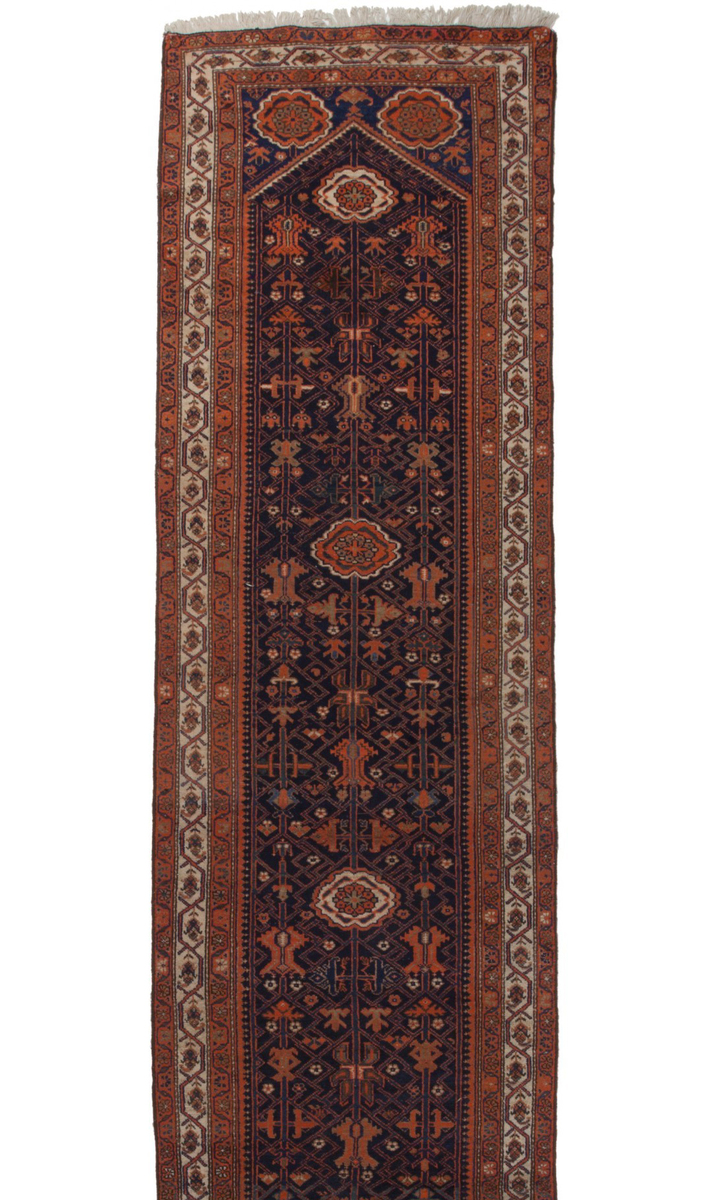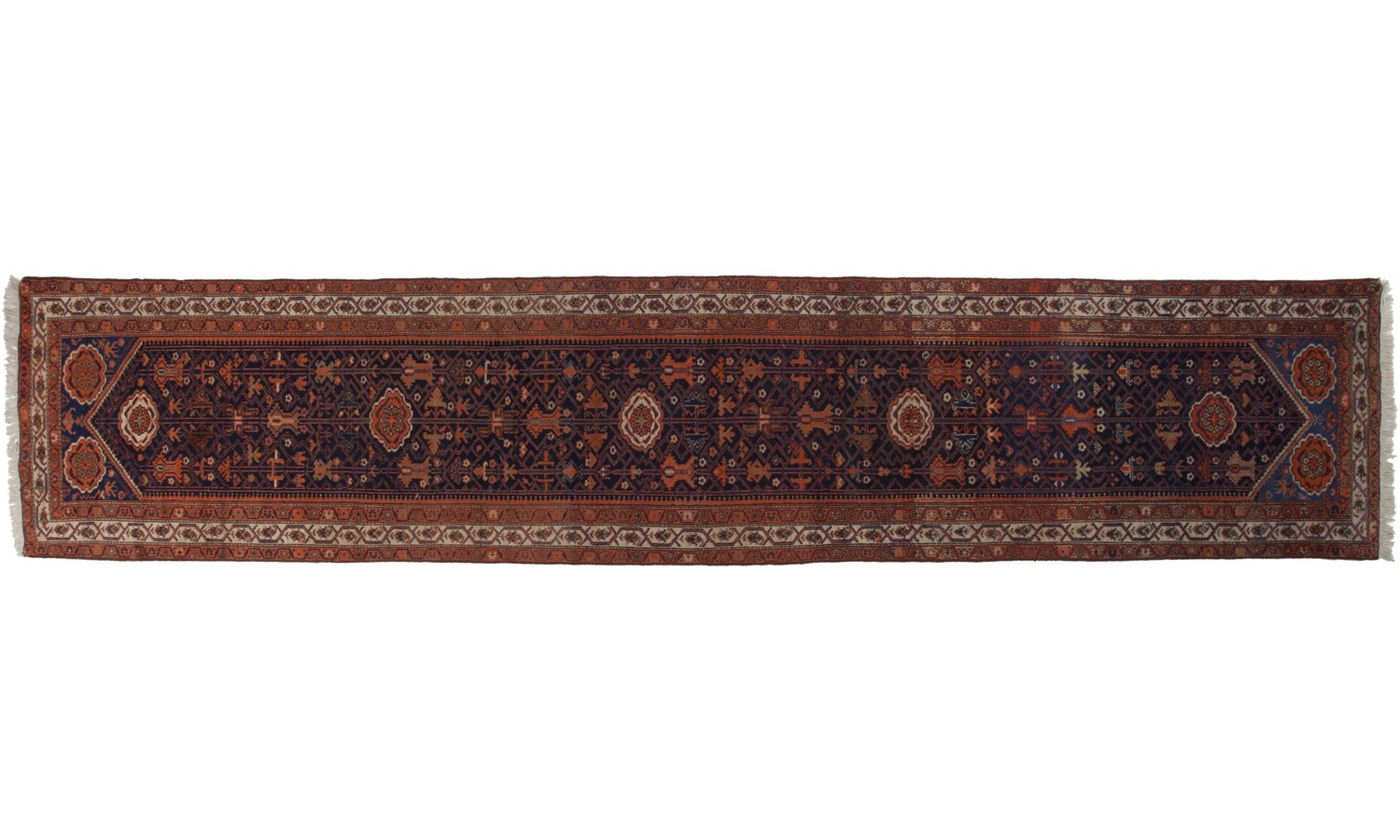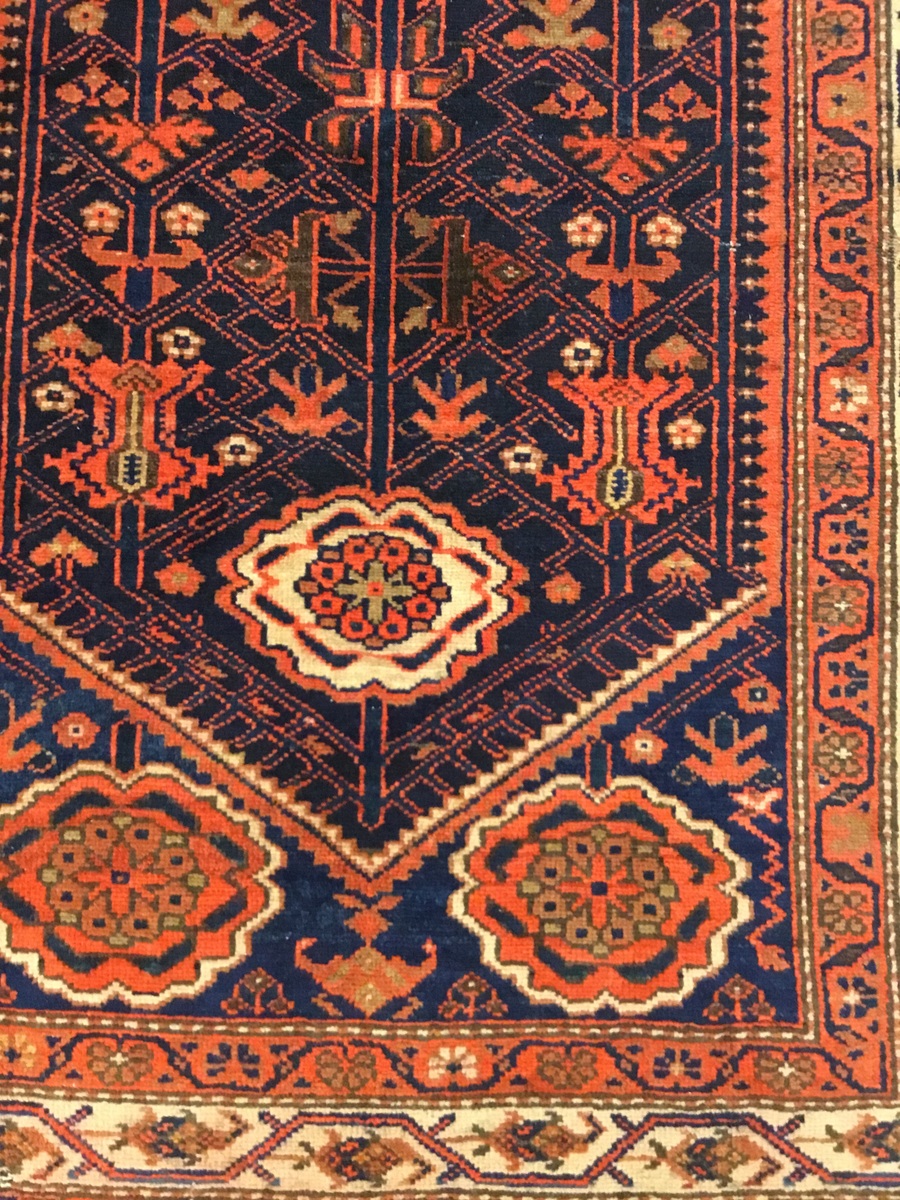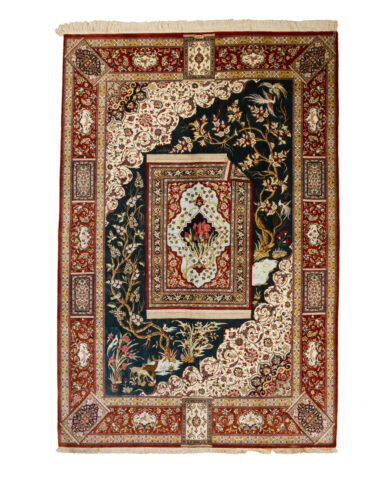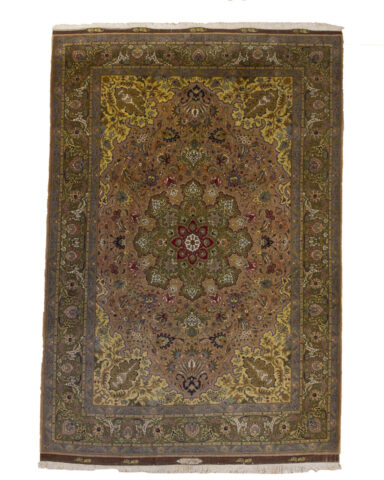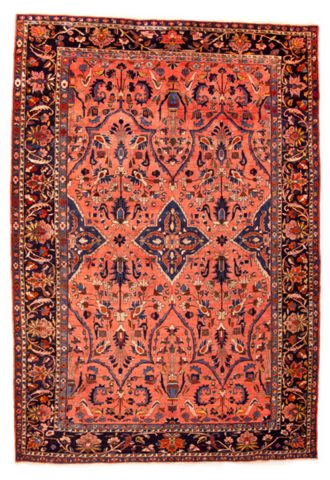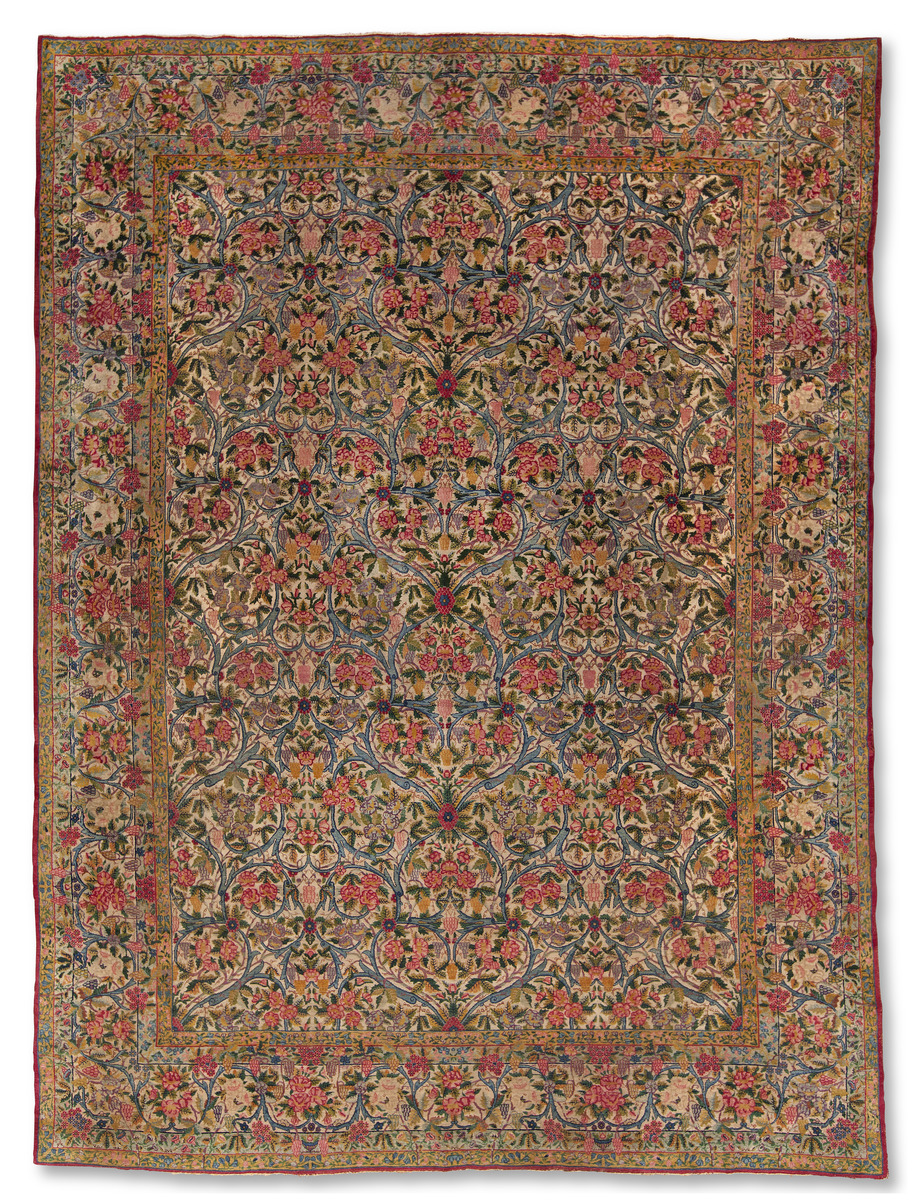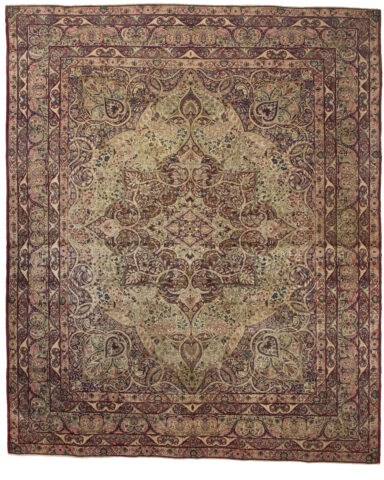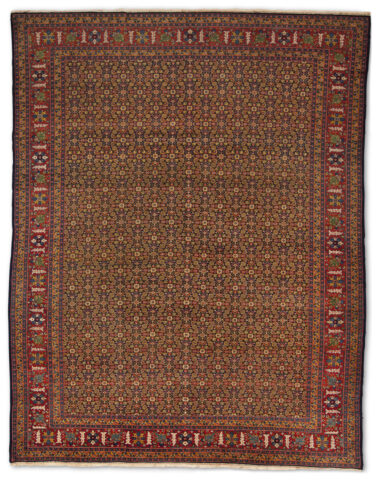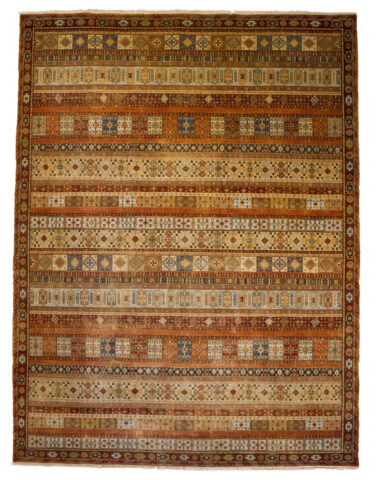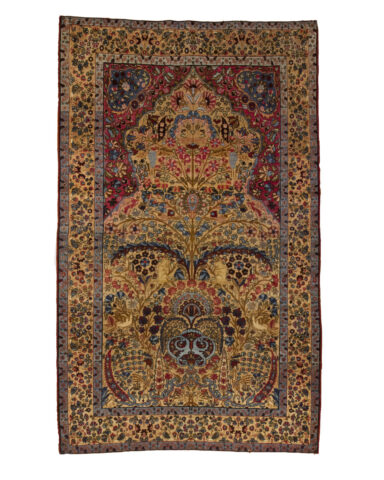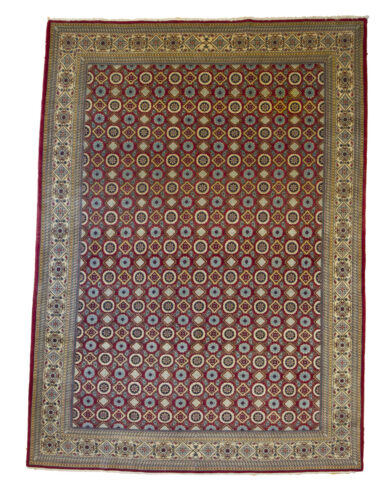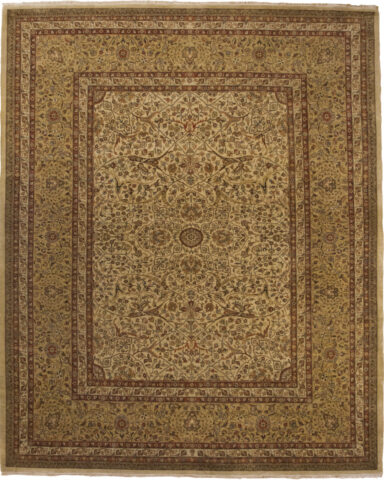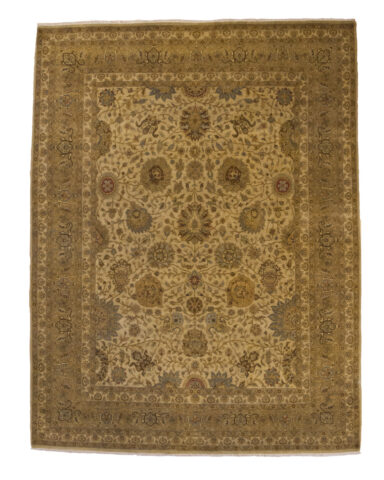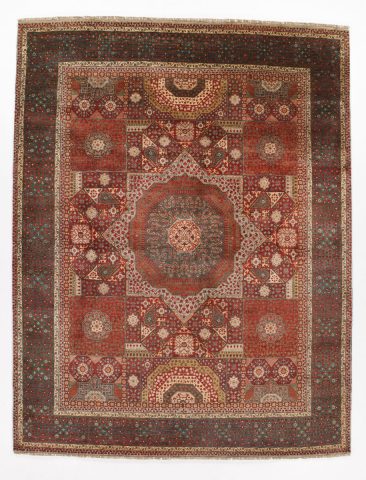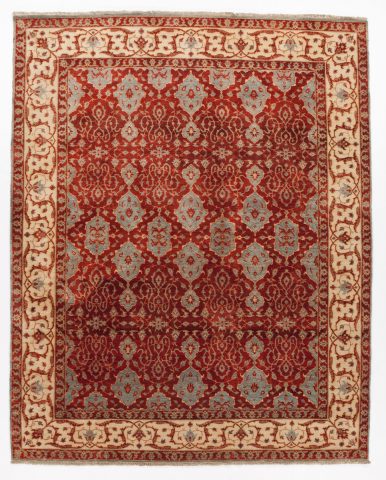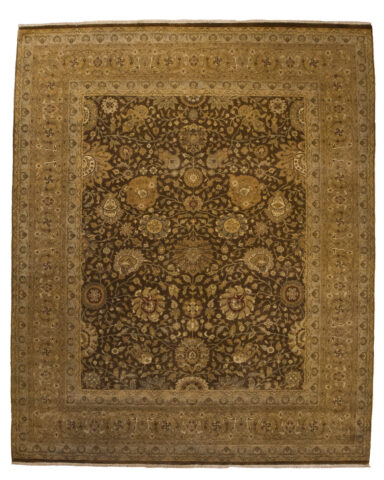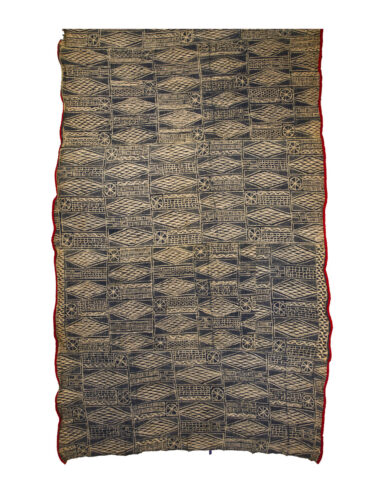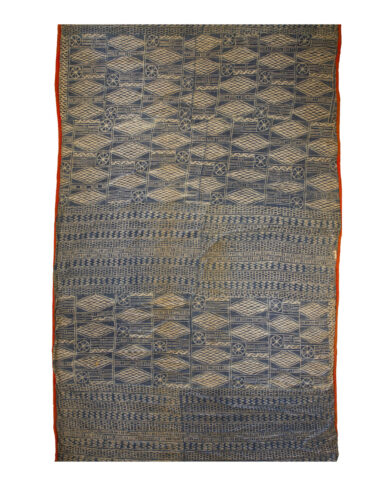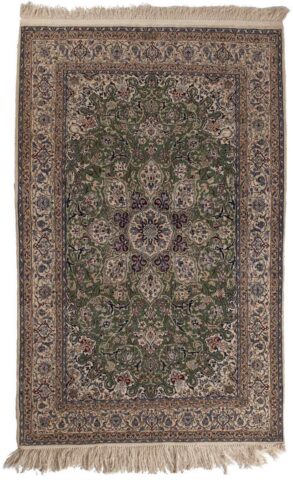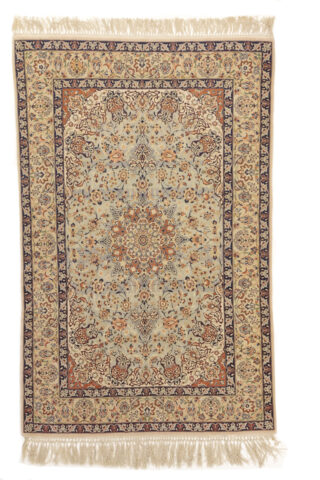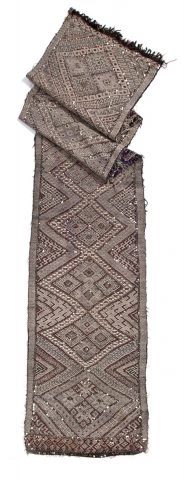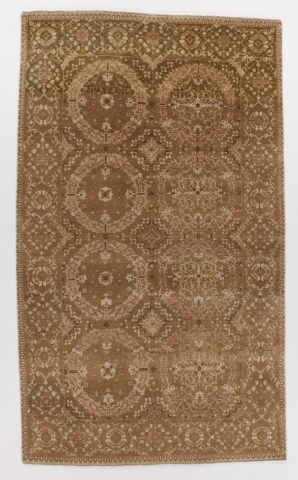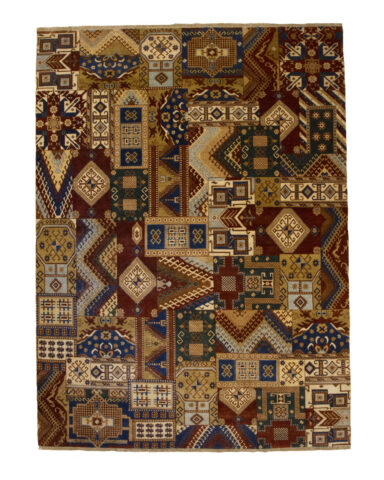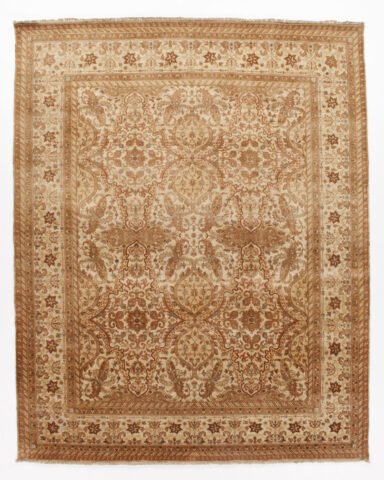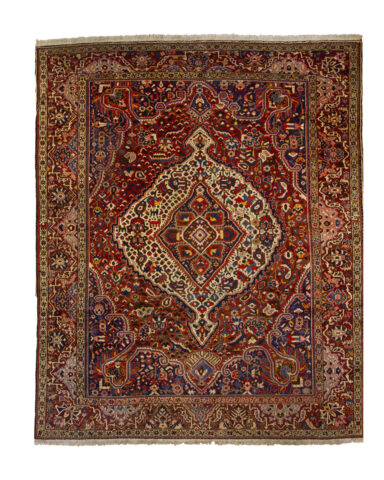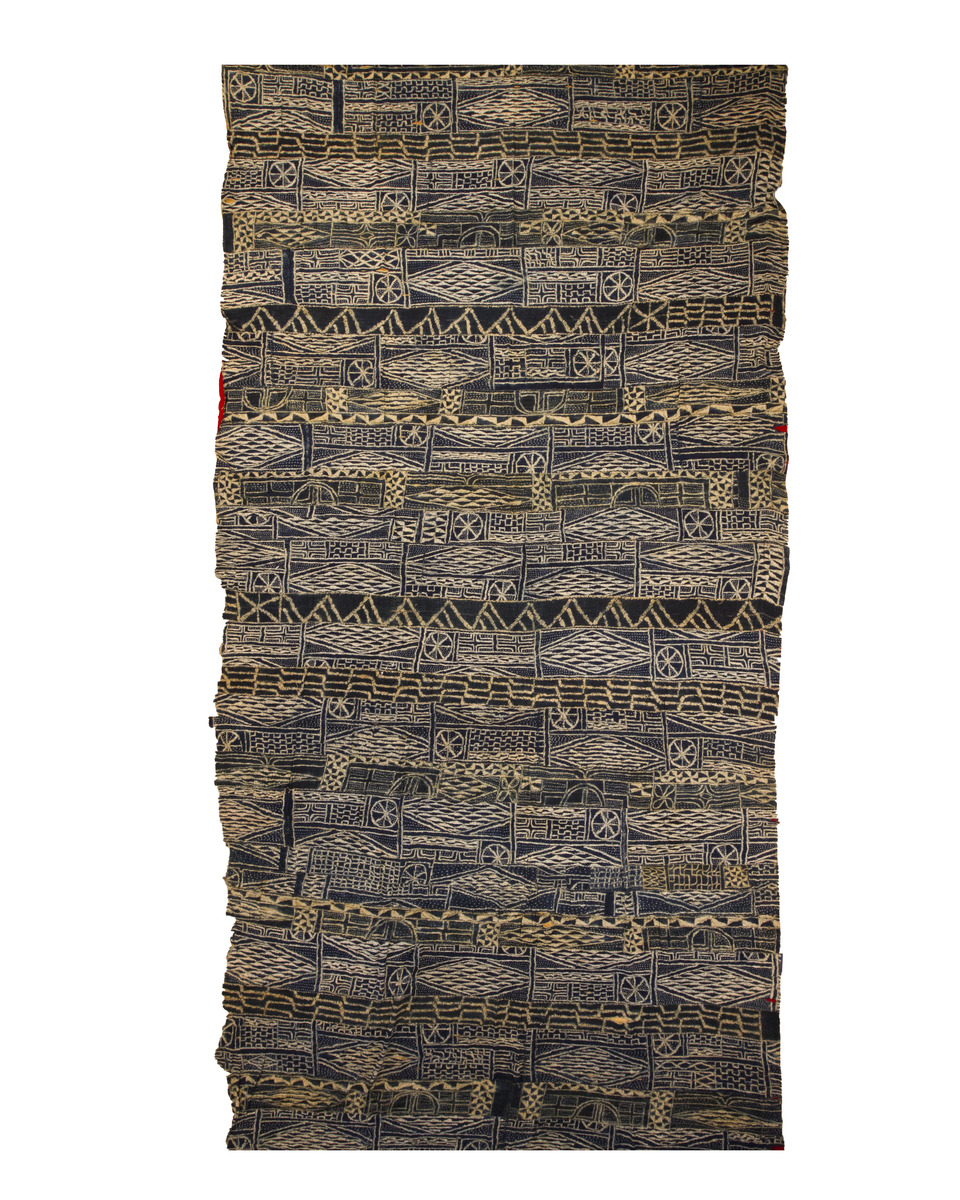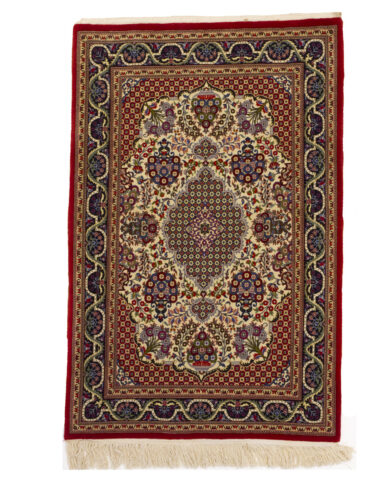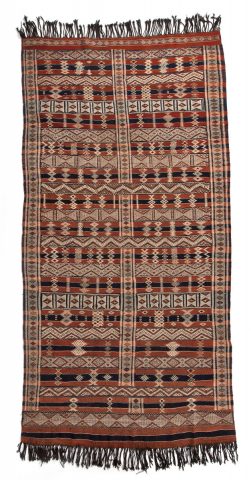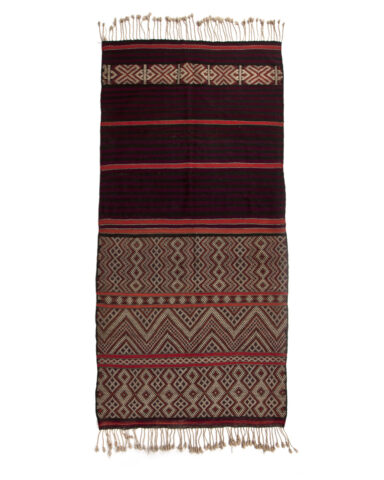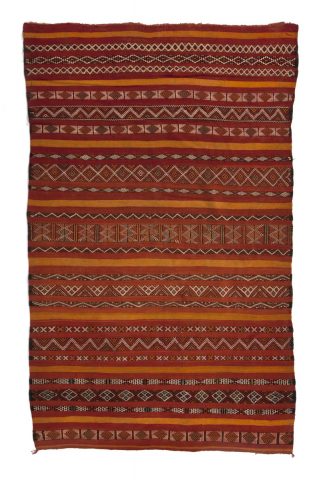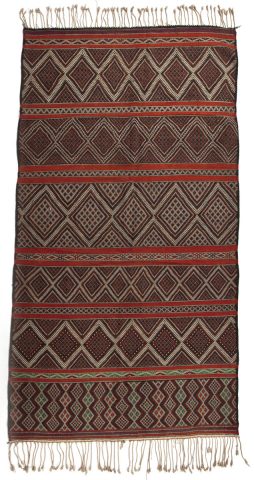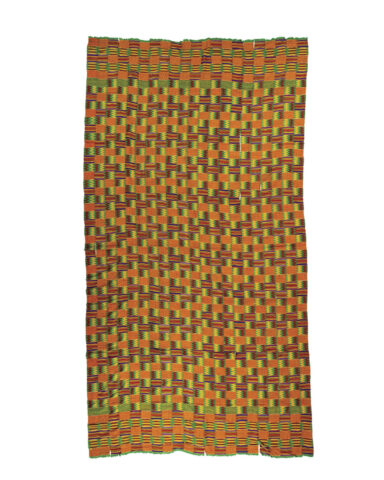Description
The early 20th century Persian Malayer runner is a captivating example of the diverse and rich rug-making traditions of Malayer village, well-known for its production of high-quality rugs and carpets. These runners are characterized by their unique design, materials, and cultural symbolism.
Design: Malayer runners typically feature a distinctive design that incorporates geometric patterns, floral motifs, and stylized animal or human figures. The early 20th-century Malayer runner often showcases a central medallion or a series of interconnected medallions, surrounded by intricate, repeating patterns. The borders of these runners consist of multiple bands, each adorned with varying motifs, creating a visually striking and harmonious composition.
Material: Persian Malayer runners are crafted using high-quality wool and cotton, with wool being the primary material for the rug’s pile and cotton for the foundation. The wool used in Malayer rugs is known for its softness, durability, and natural sheen, which adds to the overall appeal and longevity of the rug. The hand-knotting technique employed by skilled weavers results in a dense and resilient pile that can withstand years of wear.
Types: Malayer runners come in various types, differentiated by the intricacy of their patterns, knot density, and overall quality. This example is classified as the traditional Malayer, which features bold geometric patterns and vibrant colors, and the finer, more intricate “Lilihan” Malayer, which is characterized by curvilinear patterns and a softer color palette.
Cultural Symbolism: The designs and motifs found in early 20th-century Persian Malayer runners often carry deep cultural and symbolic meanings. Geometric patterns are thought to represent order and harmony, while floral motifs symbolize life, growth, and abundance. Stylized animal and human figures can represent fertility, protection, or even tell stories from local folklore or mythology.
One notable cultural symbol present in Malayer runners is the “boteh” or “paisley” motif. This teardrop-shaped design is a symbol of life, eternity, and growth, and is believed to have originated from Zoroastrianism, an ancient Persian religion. The boteh motif can be found in various forms and sizes throughout the runner, adding layers of meaning and depth to the overall design.
This antique Persian Malayer runner is a testament to the extraordinary craftsmanship and artistic heritage of the region. Its unique design, high-quality materials, and rich cultural symbolism make it a captivating and valuable addition to any space.


